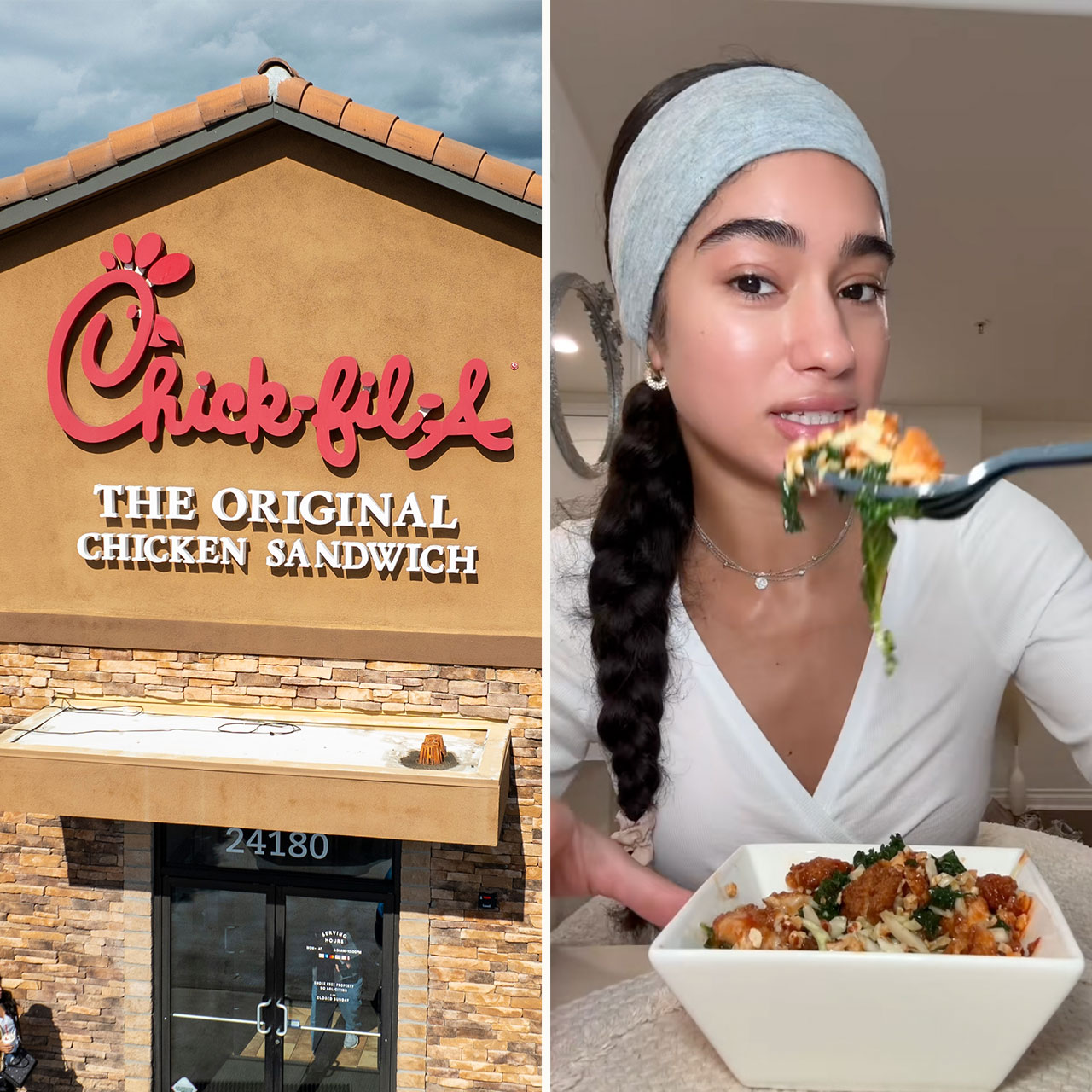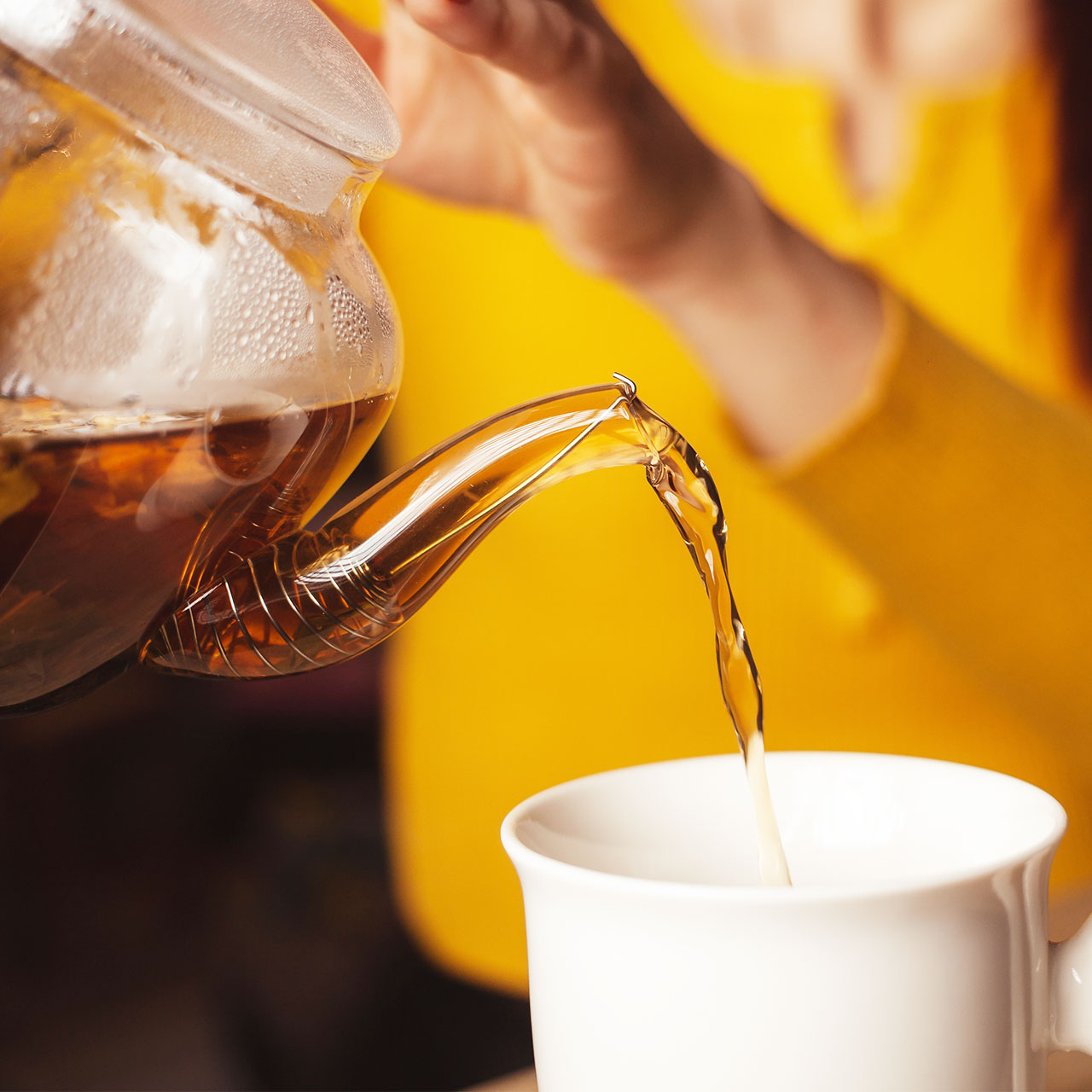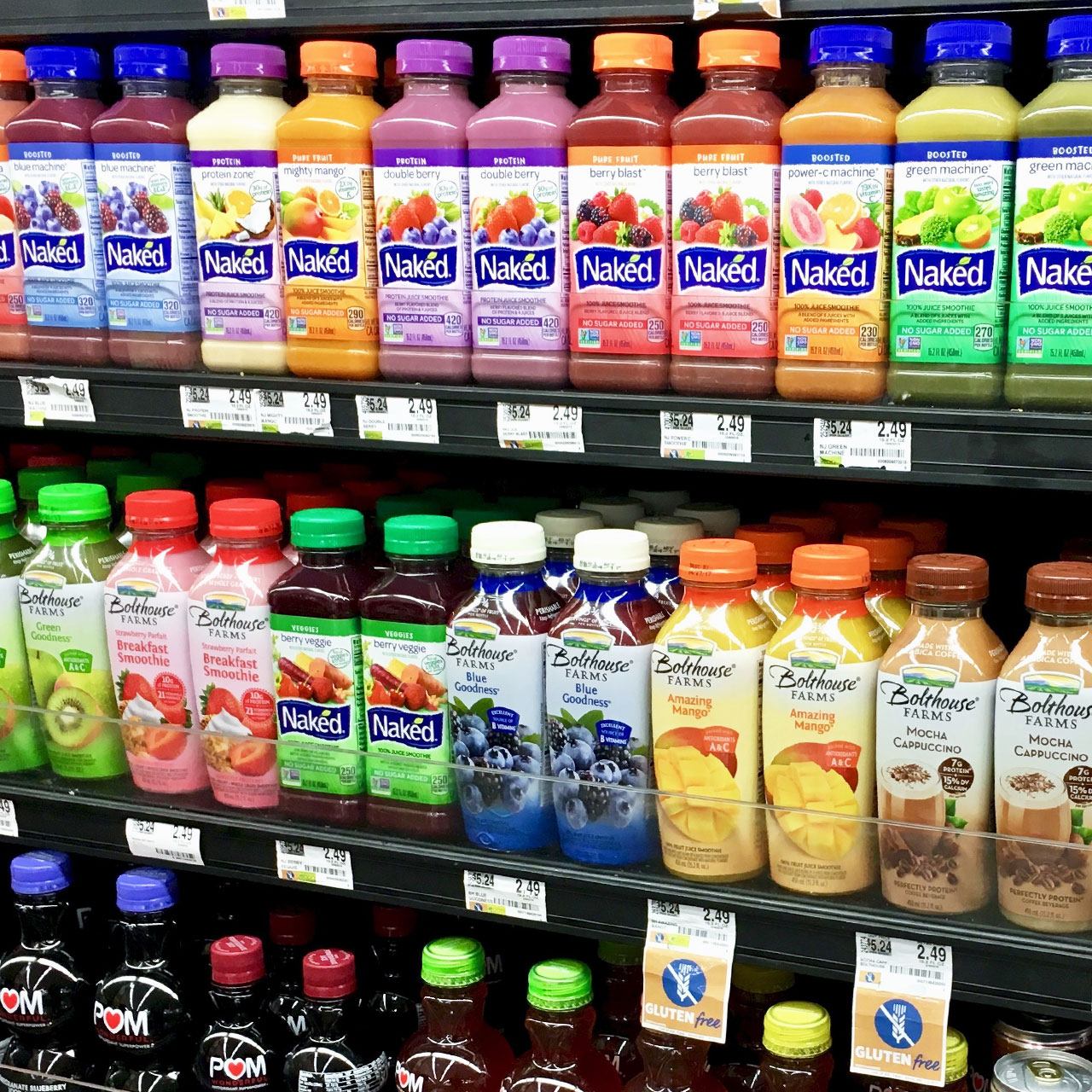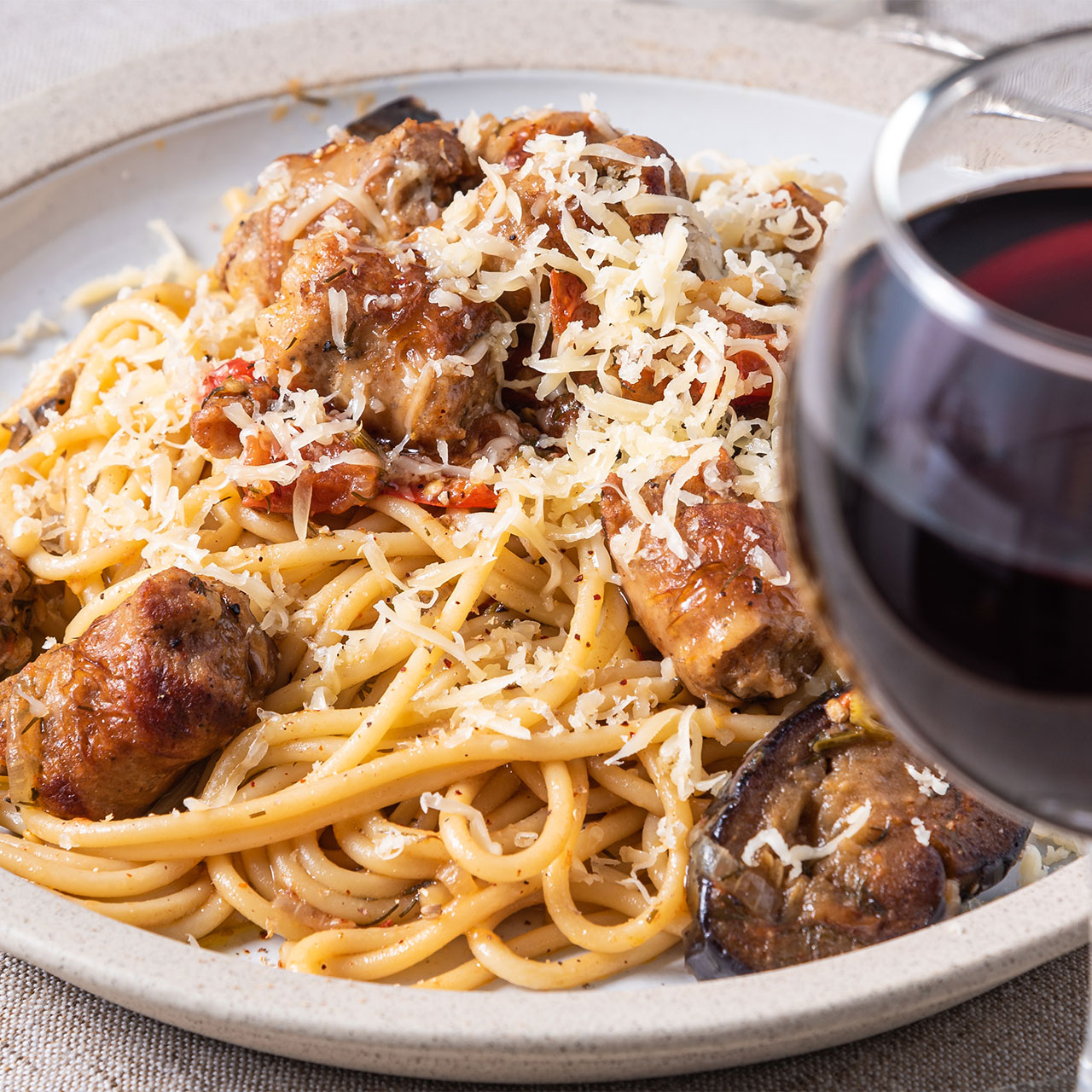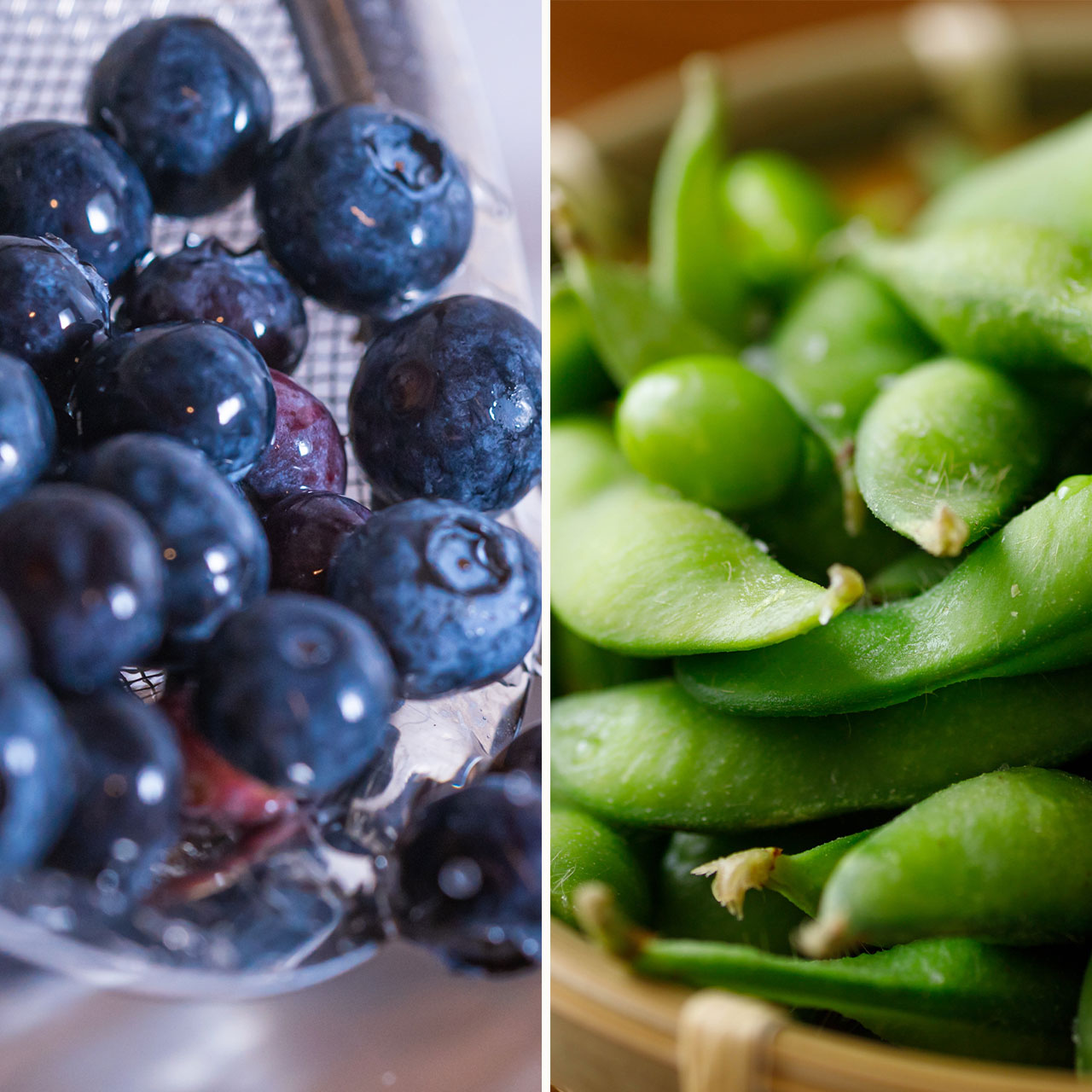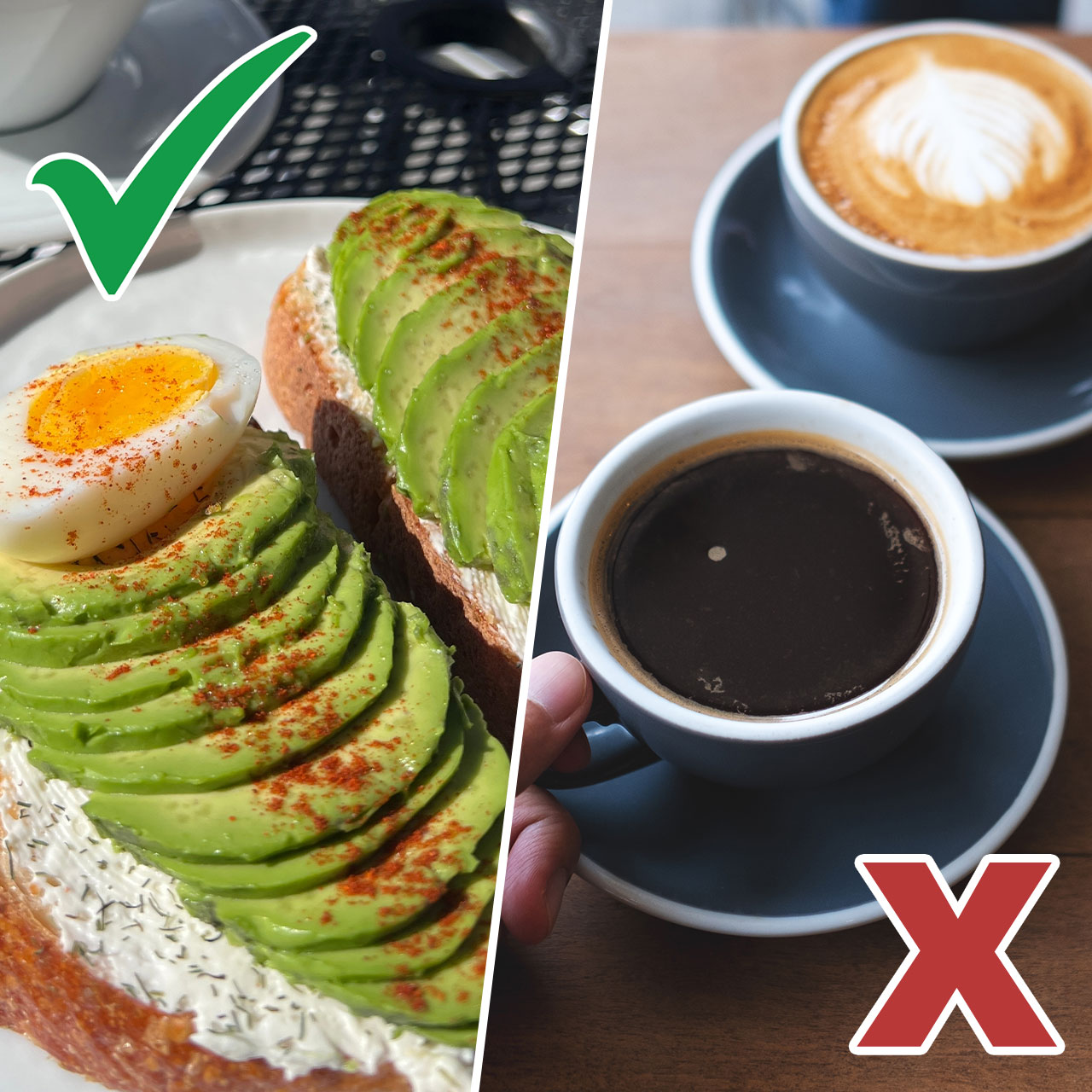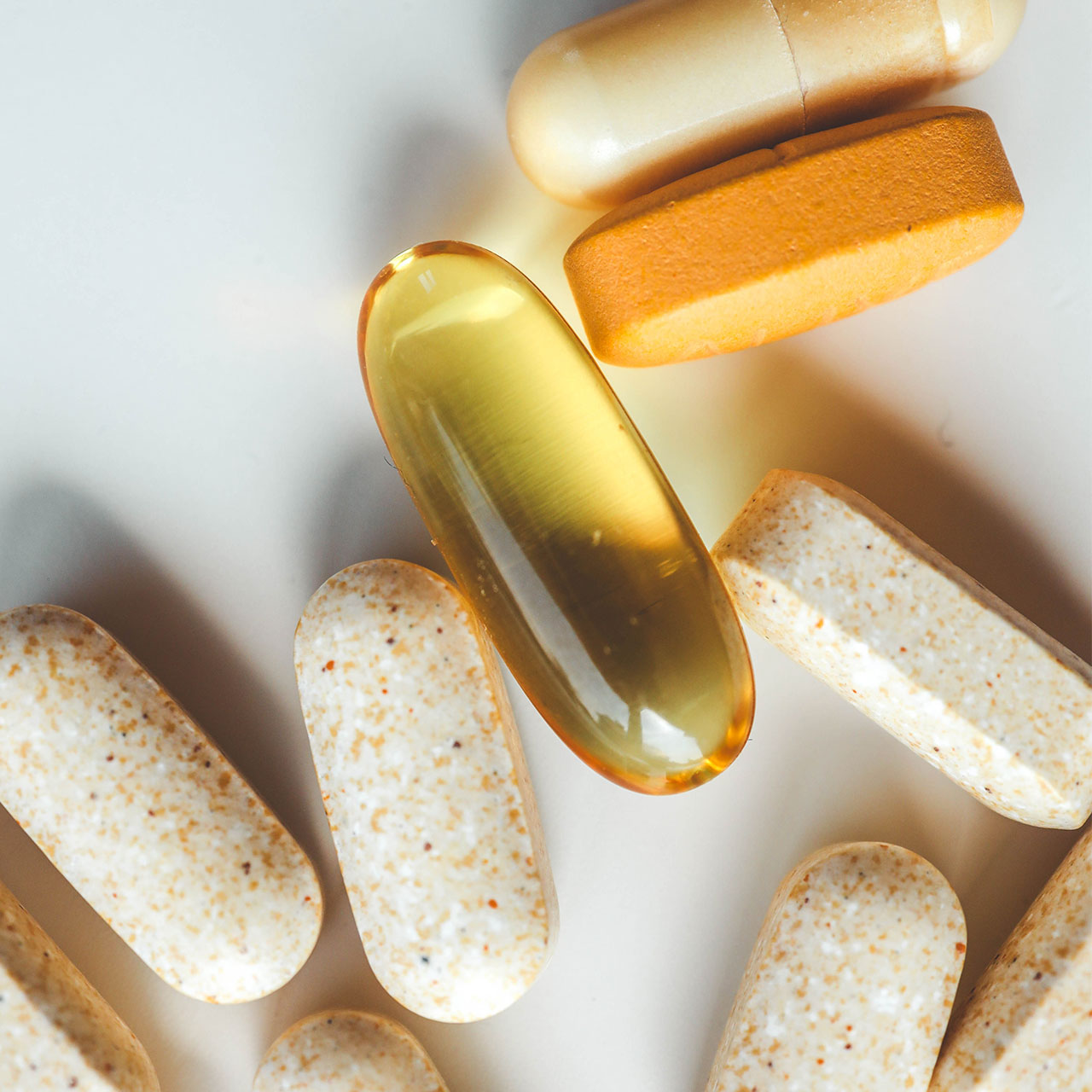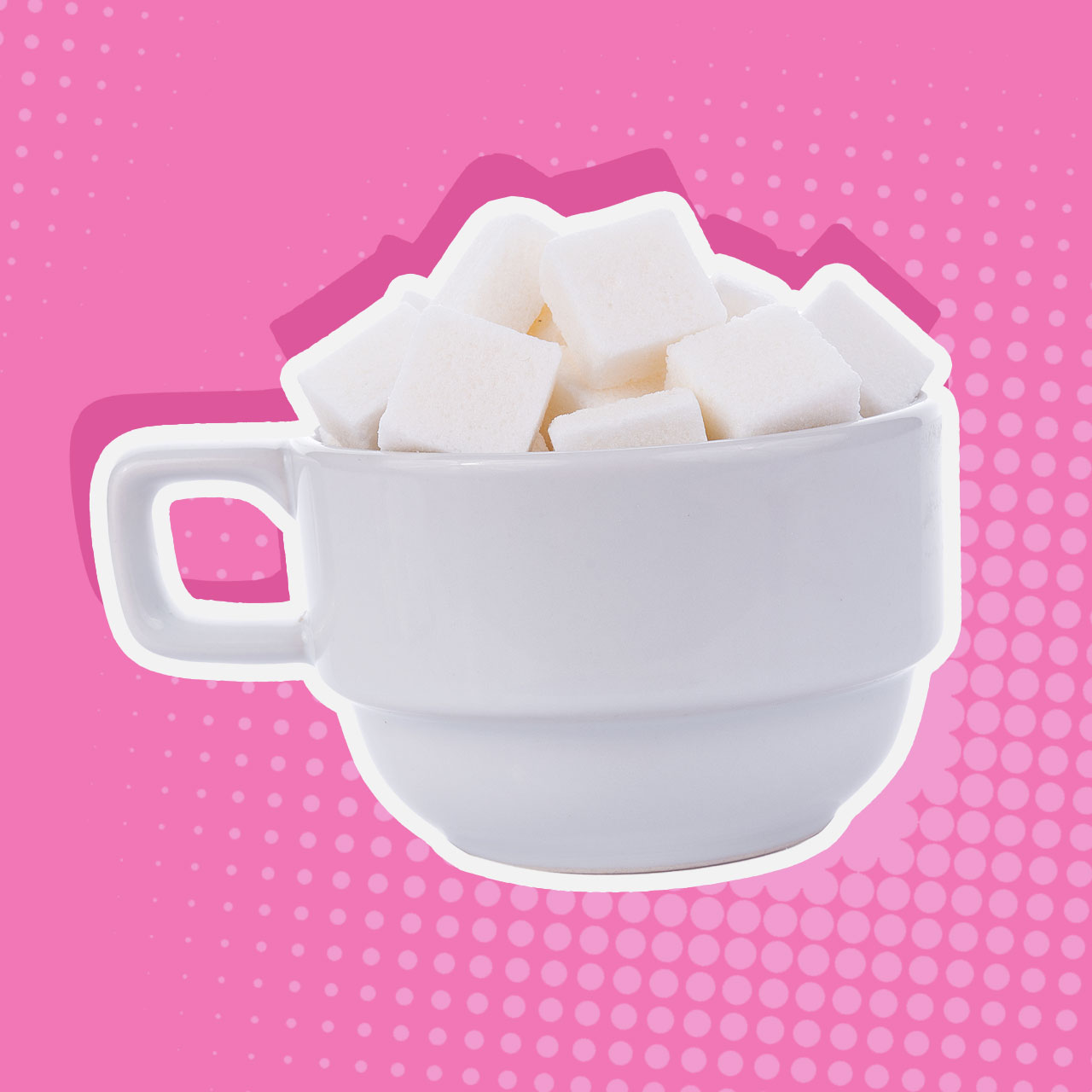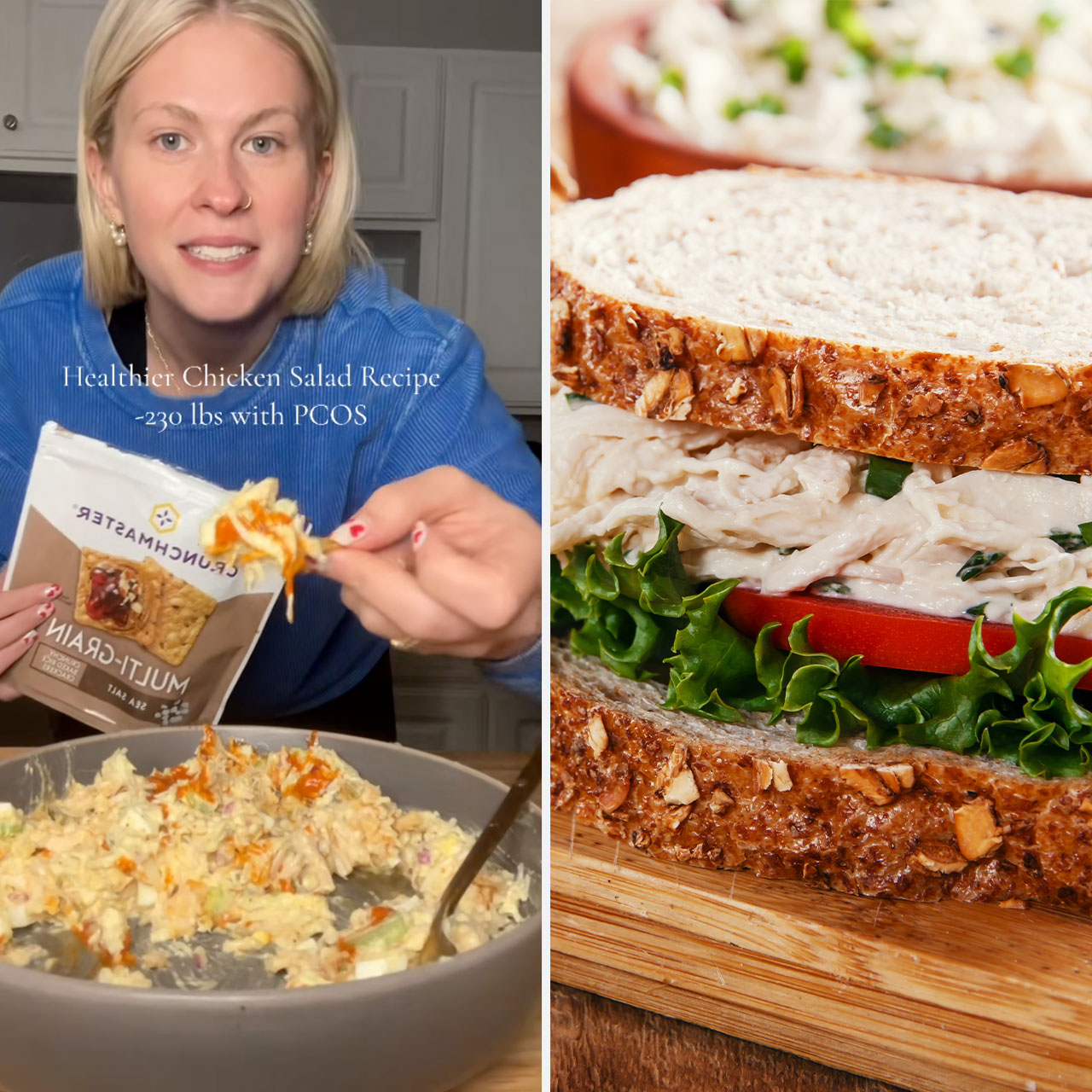Consuming enough iron is a crucial part of keeping your body as healthy as possible. Iron is integral to the production of hemoglobin, which is responsible for carrying oxygen to your cells, and, in turn, helping your body produce energy. This vital mineral also supports your immune system, defends you against infections, and is even a necessary component of cognitive function and a healthy nervous system. In short: it’s kind of a big deal. If you run into the issue of an iron deficiency, you’re likely to experience fatigue, weakness, brain fog, and, on the extreme end, heart failure. Luckily, there are plenty of iron-rich foods that can help you meet your daily quota and avoid these issues.
To discover a few of the best options out there, we spoke to Mary Sabat, nutritionist and personal trainer. She told us that lean meats, plant-based proteins like tofu and tempeh, whole grains, and leafy greens are just a few of the tasty foods you can add to your diet to get more iron. Learn more about each of these ingredients below.

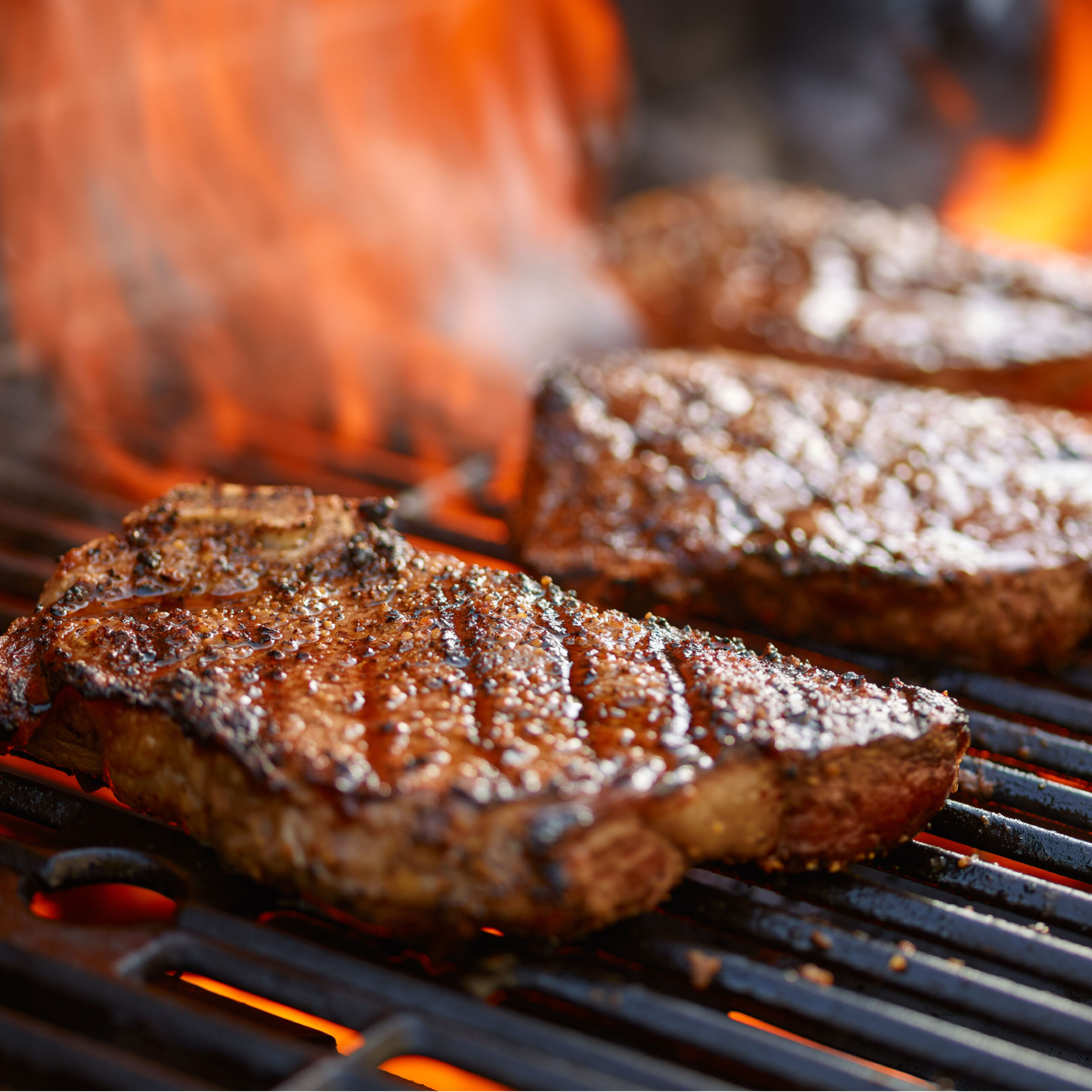
1. Lean meat
Meat is one of the most iron-rich options out there. For starters, Sabat says, "beef, lamb, and pork are rich sources of heme iron, which is easily absorbed by the body." However, consuming too much red meat on a regular basis could lead to adverse health effects.
Luckily, poultry makes a great alternative for those days you want to leave red meat off of your plate. "Chicken and turkey also contain heme iron, though in slightly lower amounts than red meat," Sabat says. "They are still valuable sources of protein and iron." Perfect!
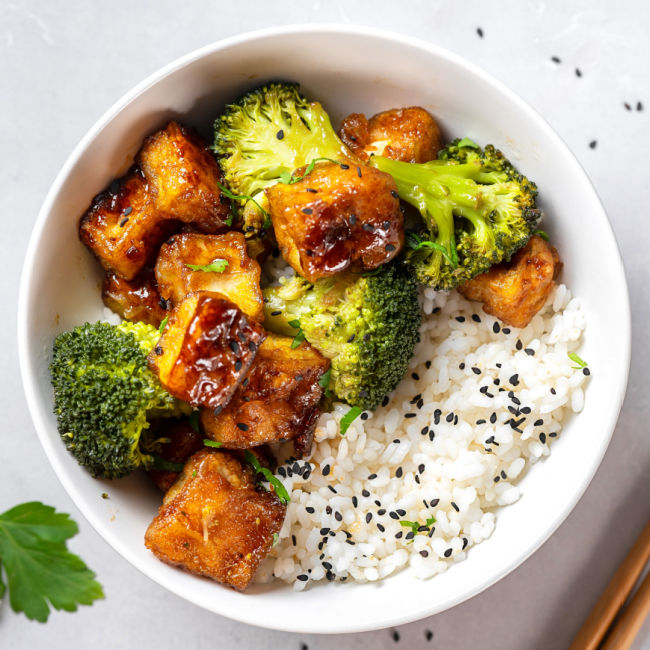
2. Plant-based proteins: tofu, tempeh, and legumes
Vegetarian? Don't fret. There are several plant-based protein options that can also add a good amount of iron to your meal. Sabat calls out tofu and tempeh, in particular. "These soy-based products are not only high in iron but also provide a good amount of protein," she says. "They are particularly valuable for vegetarians and vegans."
Legumes make another fantastic choice. "Beans, lentils, chickpeas, and other legumes are excellent plant-based sources of iron," Sabat notes. "They also contain fiber, which is good for digestion, and are low in fat." (P.S. many beans, like chickpeas, are great for weight loss, too!)
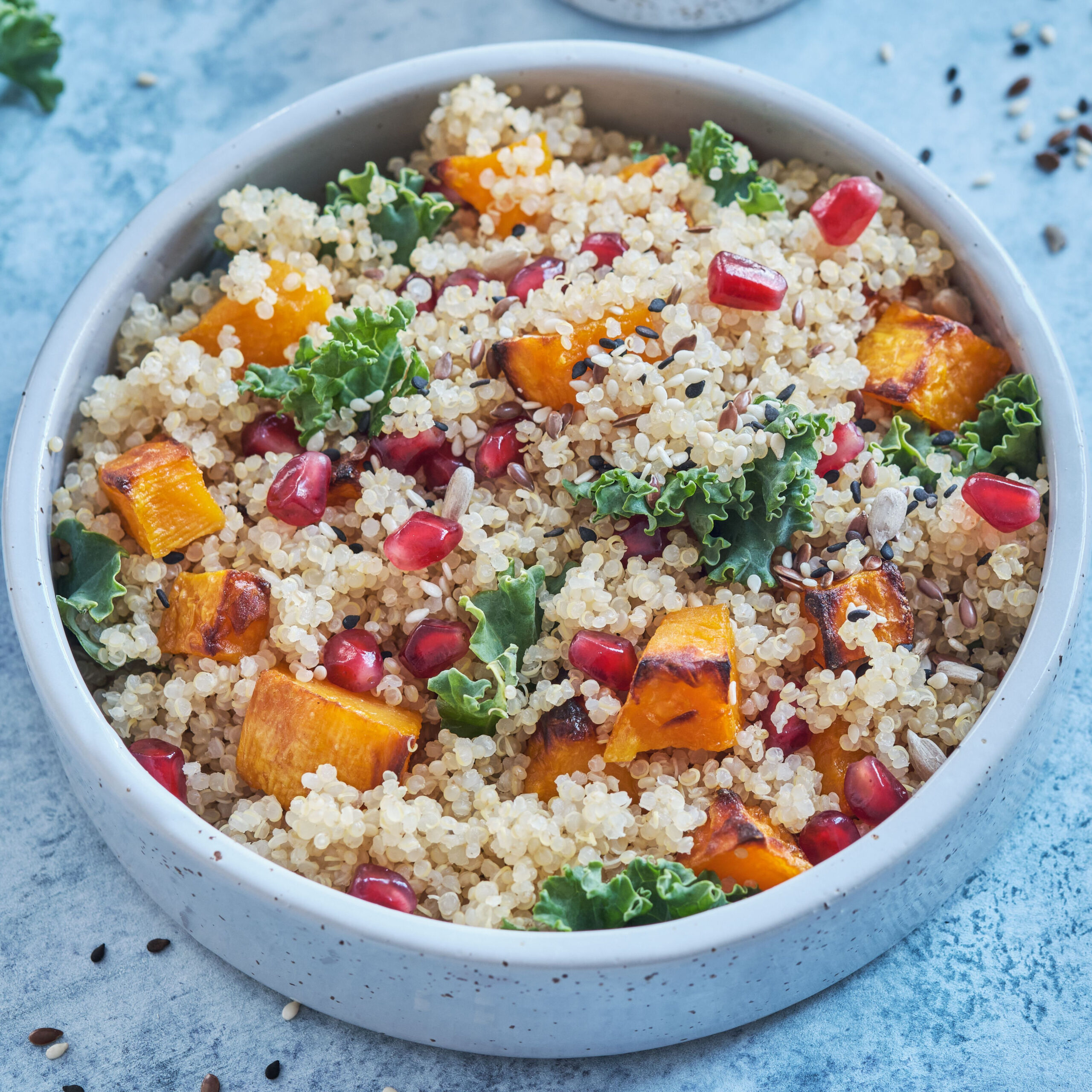
3. Whole Grains
In addition to iron-rich proteins, adding whole grains to your plate is a good way to up your iron intake. Although refined grains can take a major toll on your health, whole grains are a different story.
"Fortified cereals, quinoa, and whole wheat products like bread and pasta contain iron," Sabat tells us. "Opt for whole grains over refined grains for added nutritional benefits." Got it!

4. Dark Leafy Greens
Don't forget your greens! Adding a few handfuls of dark leafy greens to your meals is one of the easiest ways to add some extra iron to the picture. In fact, these are some of the best superfoods around. Fortunately, there are also tons of tasty options to choose from.
"Spinach, kale, Swiss chard, and other dark leafy greens are plant sources of non-heme iron," Sabat says. "While non-heme iron is not as easily absorbed as heme iron, consuming these with vitamin C-rich foods can enhance absorption." Noted!
The bottom line
If you're struggling with low iron or any other deficiency, the best thing to do is always speak to your doctor. However, switching up your diet is a great place to start. By adding iron-rich foods like these to your meals, you'll be taking a major step towards healthier iron levels.


